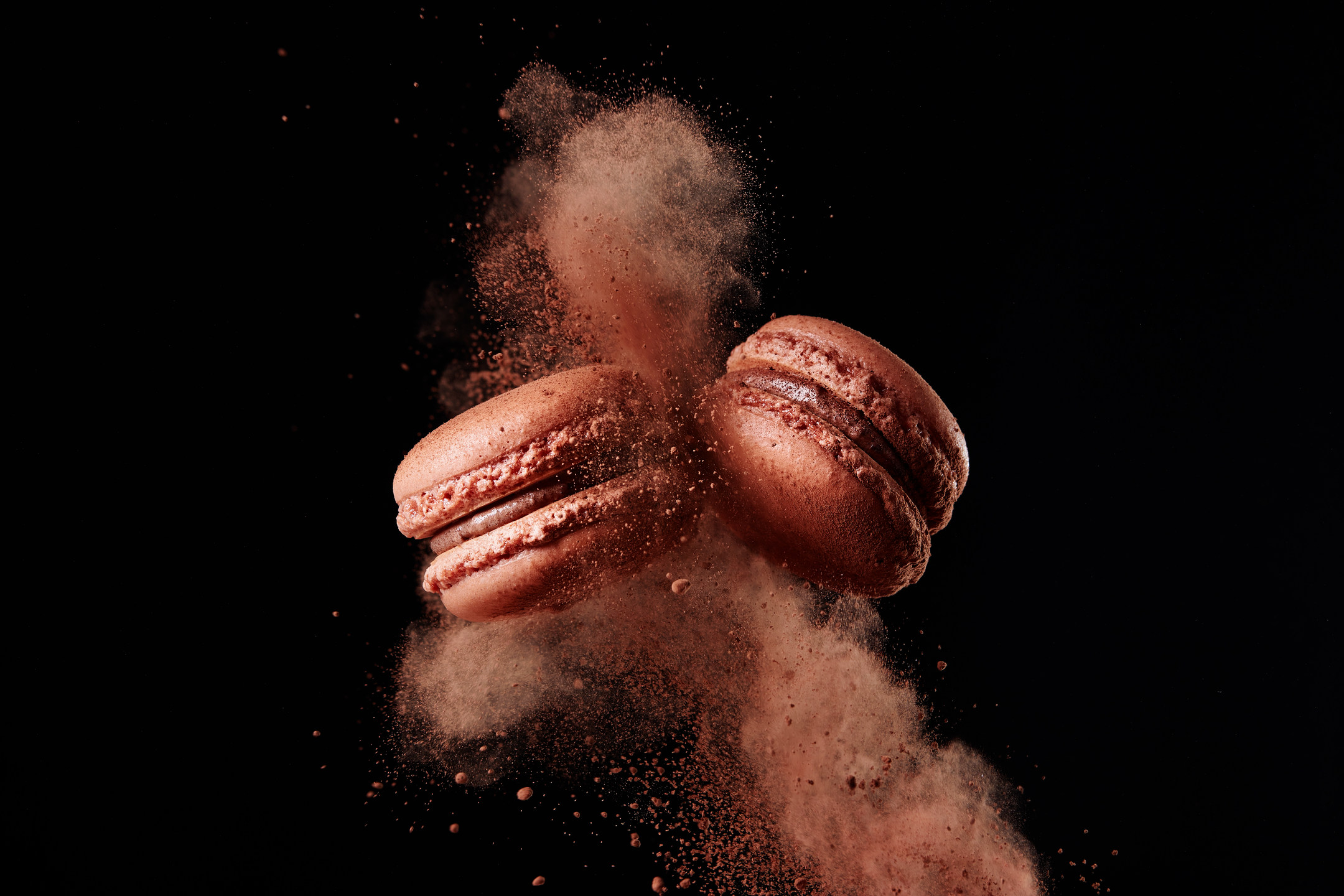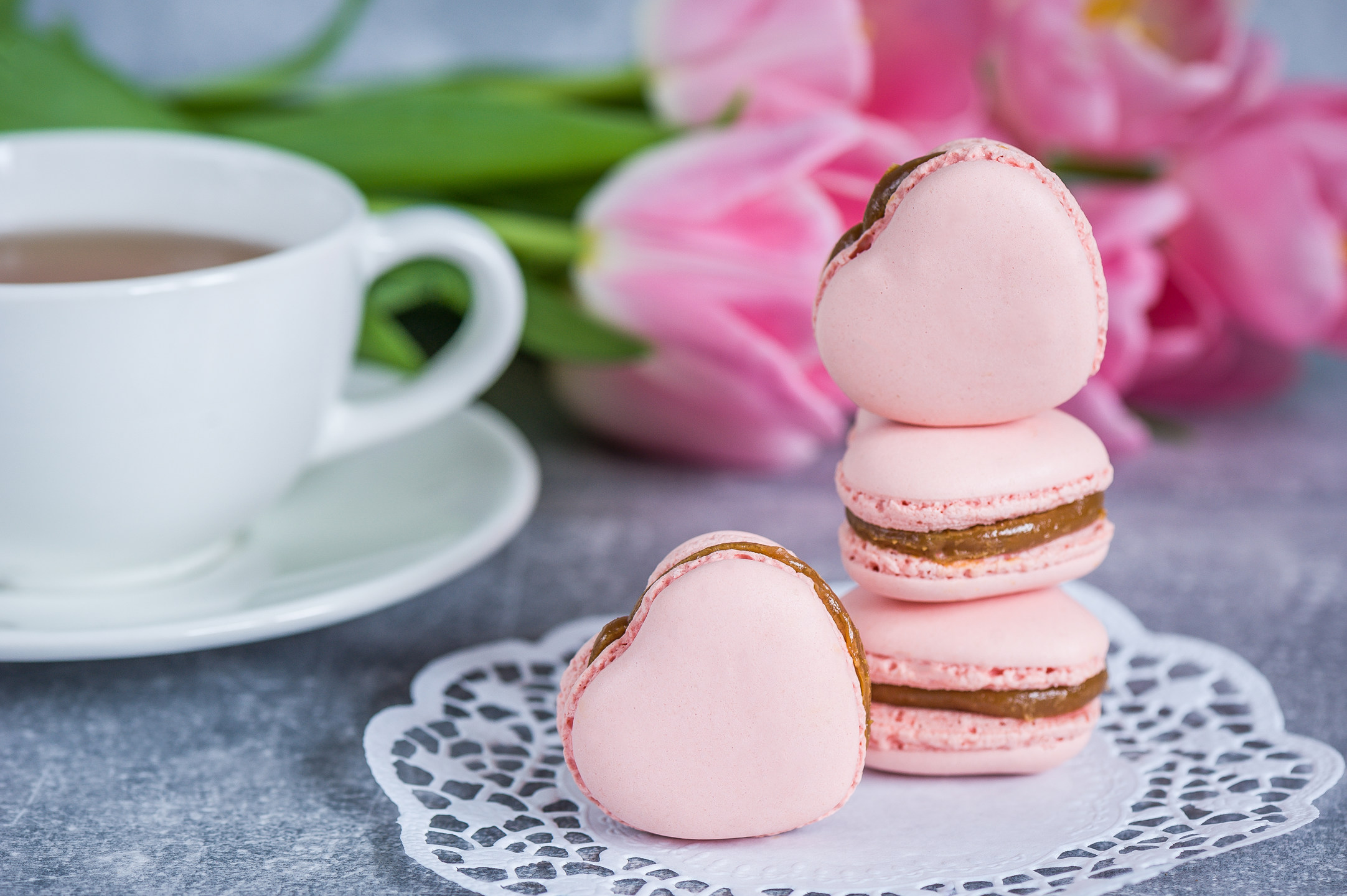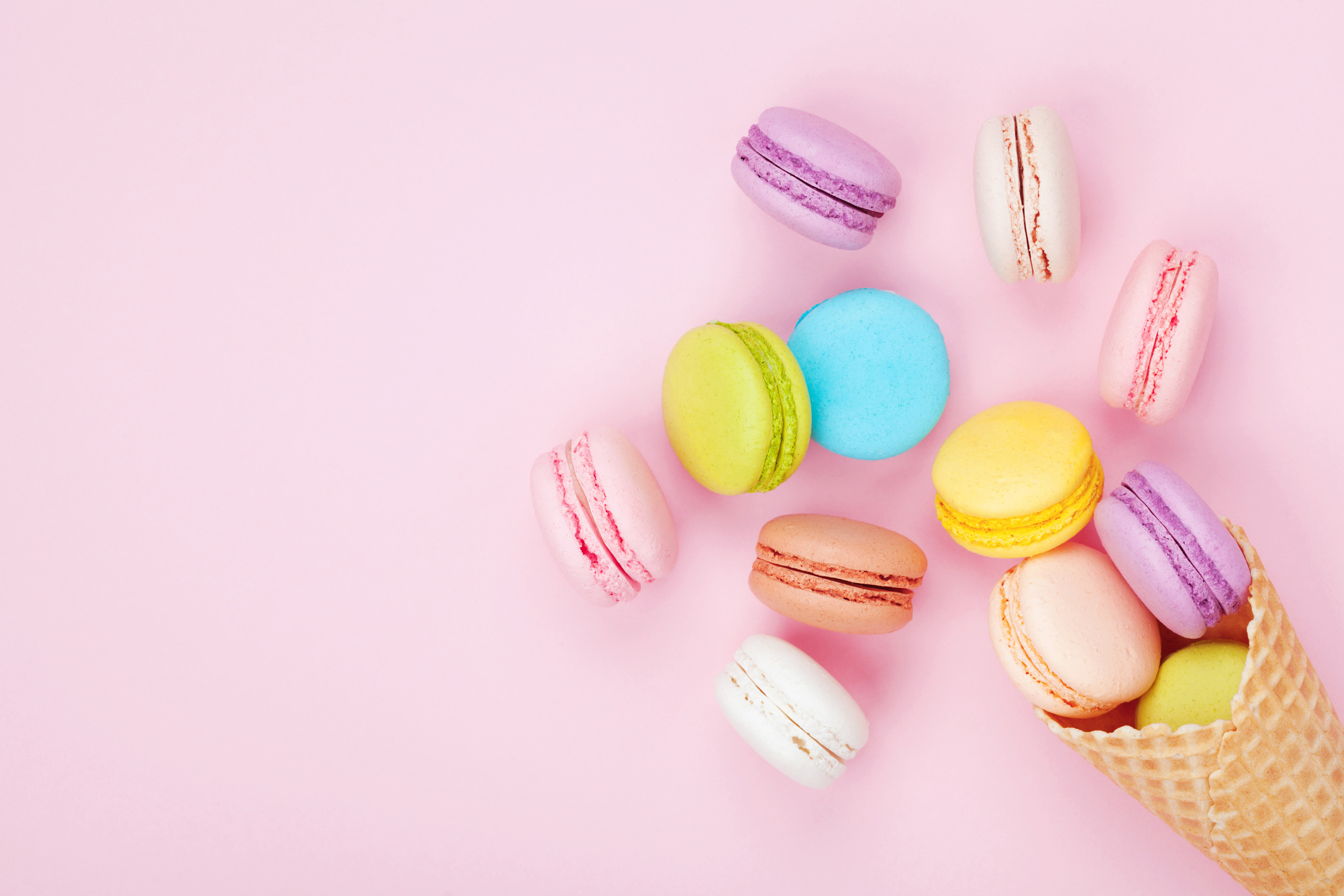Macarons are one of the most delectable desserts that are loved by young and old alike.
The creamy filling contrasted by the lightly crispy biscuits is what makes a macaron irresistibly tempting.
Install MyStart Theme for Google Chrome
People all around the world love to bite into the chewy goodness that is a macaron. Whether one has a plain buttercream macaron or a delicately flavored one, they always end up wanting more. And lucky for them, macarons come in an endless variety of flavors. From salted caramel and chocolate to fig and foie gras, the French delight has a seemingly never-ending list of tastes to offer. Some innovative pâtissiers have even used Thai curry and wasabi to flavor macarons.

But the macaron we know today is very different from the first macaron that was ever created. The meringue-based dessert has been through a lot of changes and experimentation before becoming the highly treasured, decadent French staple. If you want to learn everything about the French macaron’s journey, then here is a detailed account for you.
Sweet Beginnings
Although the birthplace of the macaroon is believed to be France, Italy is most likely to be it. Legend has it that Catherine de’ Medici, a noblewoman from Florence, brought the macaron biscuit to France in 1533 when she married the future king of France, Henri II. However, her version of the macaron was just cookies made with almonds, egg whites, and sugar without any cream filling.
It is believed that macarons were being produced in Venetian monasteries since the 8th century but only got famous when the noblewoman brought them to France in the 16th century. Back in Italy, they were called ‘priest’s bellybuttons’ due to the round protruding shape of the sweet.

Macarons become Popular
Although macarons did get some recognition in the 16th century, they became a hit in the 17th century when two Carmelite nuns in Nancy, France, started selling them to survive the French Revolution. In 1792, the two nuns began baking and selling macarons in order to make a living. They were later named the macaron sisters, and in 1952, the city of Nancy honored them by naming the place they produced macarons at after them.
After the pastries made by the macaron sisters got famous, different regions of France adopted the recipe and also modified it as they pleased. And one such modification gave the world the macaron we see today.
In the 1980s, a Parisian Confectioner by the name of La Maison Ladurée created the present-day macaron by bringing together two meringue-based cookie discs with a creamy filling. It is believed that Pierre Desfontaines, a second cousin of the founder of La Maison Laduree, is the genius behind the union of meringue cookies and cream/jam filling that made the present-time macaron.

Macarons hit the World
Macarons became a global phenomenon after they made an appearance in the famous 2006 film ‘Marie Antoinette’ based on the French Queen. In the movie, the Queen is shown surrounded by colorful macarons multiple times. From then on, macarons spread all across the globe and landed in many countries around the world, including Japan, South Korea, China, and North America. Thanks to the spike in the popularity of macarons, now people can have them in almost every country (and don’t have to travel to France to satisfy their meringue sandwich cravings)
Macarons get a Day!
In 2005, March 20th was declared the National Macaron Day at La Maison Pierre Hermé, a notable Parisian confectioner that is known for its scrumptious macarons. Each year on Macaron Day, participating cafes and bakeries offer free samples to their customers in the spirit of the occasion.

Macarons and Macaroons
Even though macarons are now cherished worldwide, many people still don’t know that macarons and macaroons are two different sweets. A lot of people will tell you that the two terms can be used interchangeably, but don’t listen to them. Macarons and Macaroons are two separate desserts, and the only similarity between the two is that both their names are derived from the same Italian word. They both come from the word ‘ammaccare,’ which means to crush in Italian.
Now that you know the similarity between the two confections let’s dive into the dissimilarities between them.
We all know that a macaron is a small round sandwich biscuit filled with cream, ganache, or jam. But a macaroon is a crusty biscuit made with shredded coconut. So, you see, the two ‘macas’ are two very different sweets.
The next time you go out to have a macaron, be sure to pronounce it correctly!
Install MyStart Theme for Google Chrome










